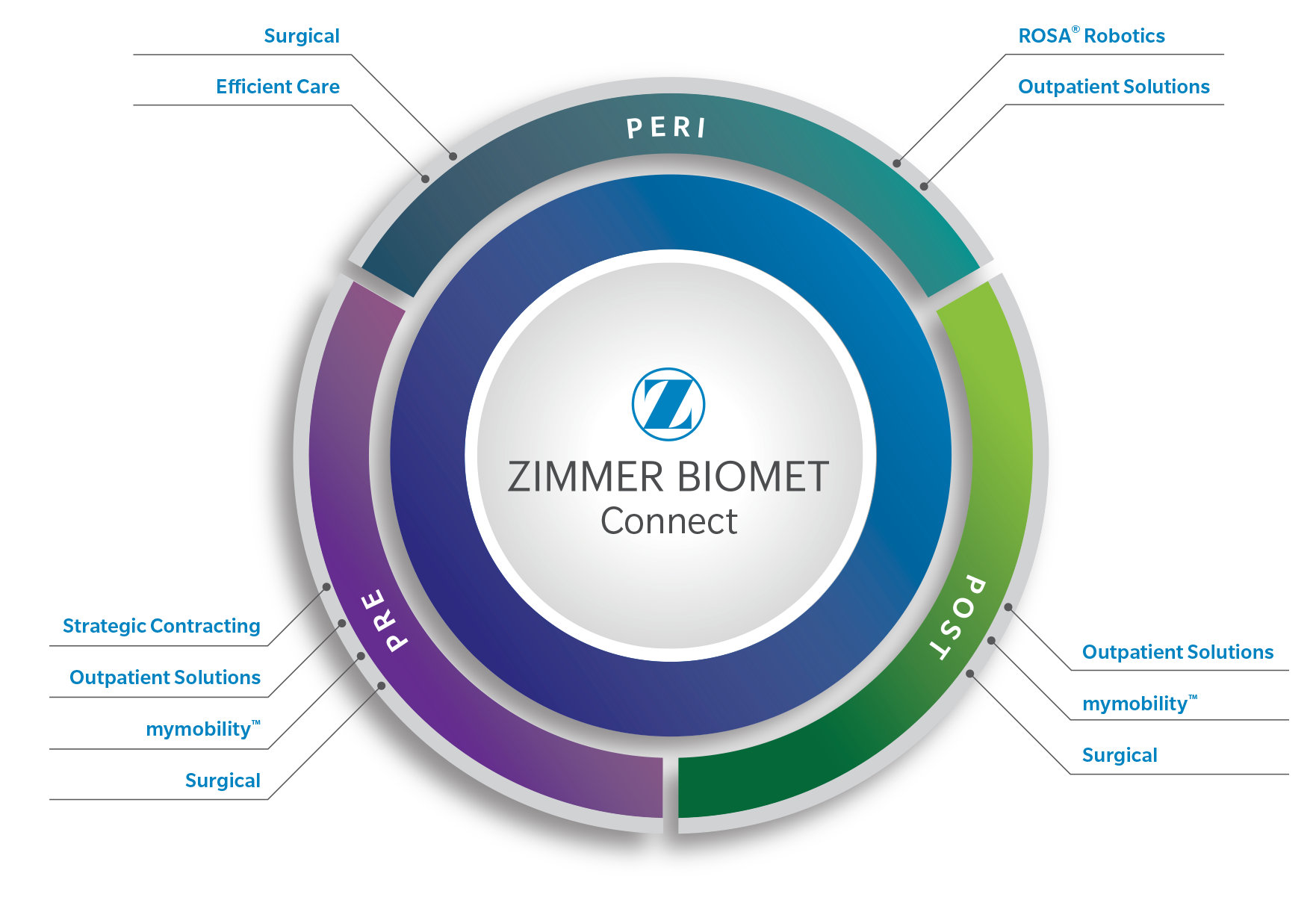Understanding how your shoulder works
Your shoulder is a ball-and-socket joint made up mainly of two bones. The ball portion of the joint is part of the upper arm bone (humerus), and the socket portion is part of the shoulder blade. The ball fits into the socket, allowing the shoulder to move. The surfaces of the ball and socket bones are smooth and covered with a protective tissue called cartilage. The cartilage prevents direct contact between these bones and allows them to move smoothly over each other, without friction or wear on the bone surfaces.






